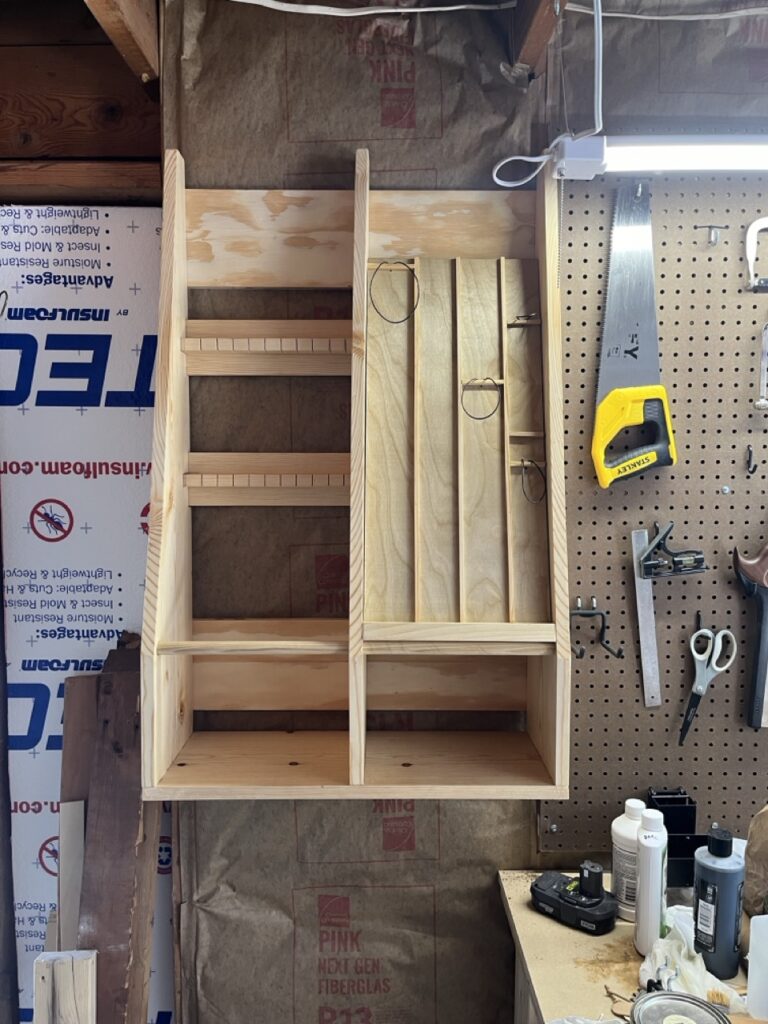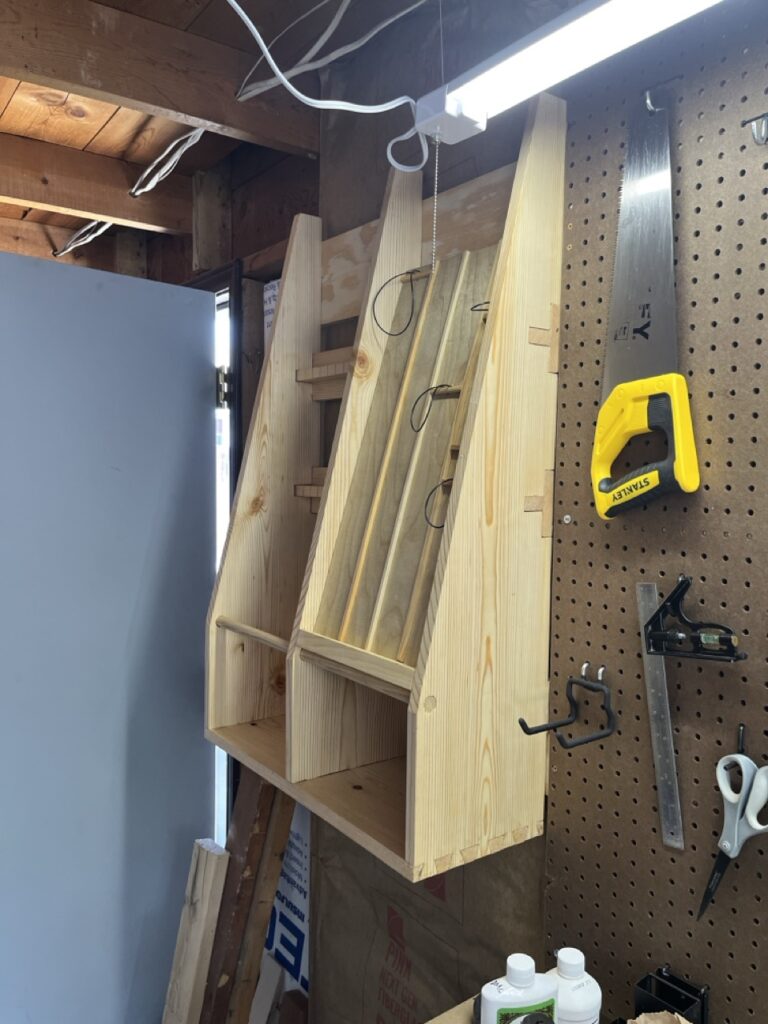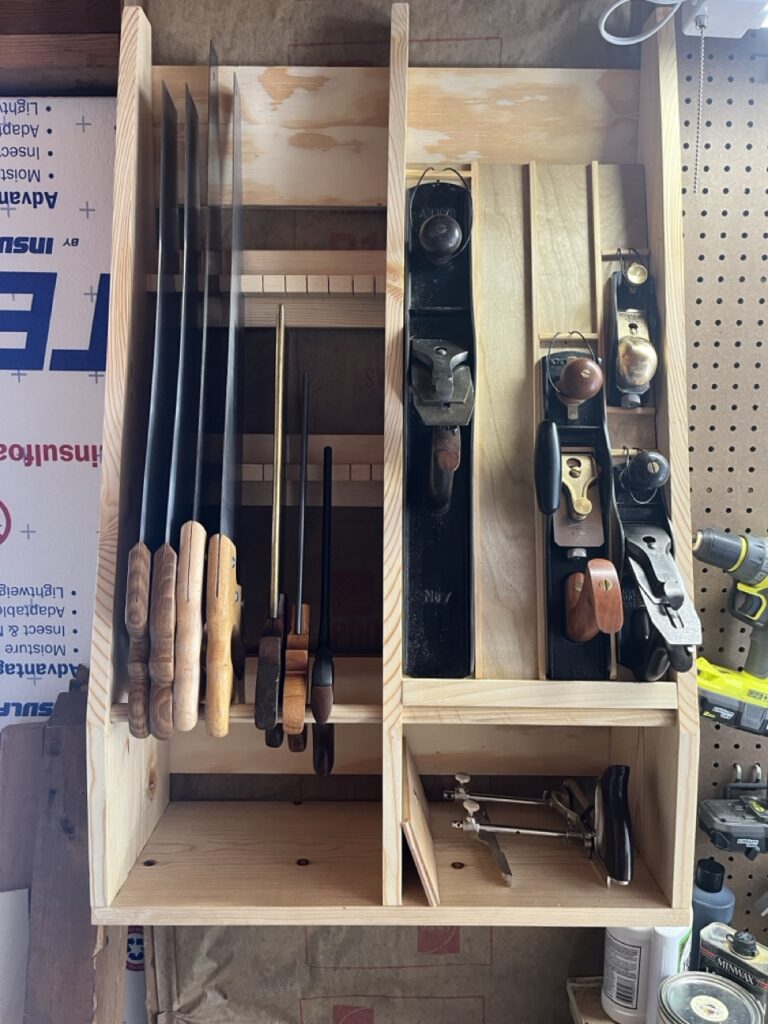My friend Art Wells started a podcast a while ago and I think it’s worth your time to give it a listen. It’s called “Art Wells Finds Things” and the description is:
An exploration of how found things can help with creative thinking and resolve indecision.
It’s on Spotify and Apple Podcasts for sure, and I imagine if you use some other tool for finding podcasts, it’ll show up there as well.
There’s also a blog: https://blog.artwells.com/
Art is a deep thinker and a very good Finder of Things. We’ve known each other mostly online for a couple of decades now, mostly in places where people share photos and files and he always notices (and frequently photographs) the most delightful ephemera: torn flyers, lost gloves, playing cards. His explanation of what he does with all these found things is fascinating and prompting me to look more deeply into my own Finding of Things.
I Find Things
I love finding things. Detritus, flotsam and jetsam, leaves, branches, toys, mysterious objects which function in ways I cannot decipher. These are all things I’ve picked up and brought home and stashed in any of four or five boxes all labeled “Stuff”. I don’t have any real criteria for what makes it off the ground into a box other than it catches my attention and (most importantly) seems like something that deserves further attention at some point in the future. Most of the time I justify this behavior by telling myself the Thing will be good for some assemblage or collage art. And I do actually believe it to be the case! Well most of the time. Sometimes it’s just dragon behavior of wanting to add something shiny to my hoard.
The important thing for me is that when I pick it up and take it home, it becomes de/recontextualized. Sorry for the big art word, but it’s the truest word for the process. That head from a PEZ dispenser? It’s just a head now. It might be a piece of art at some point.
It’s hard not to find things in our over-consumer, easily-disposable world. There’s stuff lying over the place. It’s harder to not find things. But you have to notice them.
I feel like I do an okay job of noticing things that are interesting, but I rarely give these found things the attention that Art does, and that’s what makes this podcast so interesting to me. As long as I’ve know Art, I’ve never heard him talk about this stuff and he goes all the way into it.
Even if you’re not someone who just picks up or even photographs random stuff on the street, I think following Art as he explains his process could open some things up for you.










